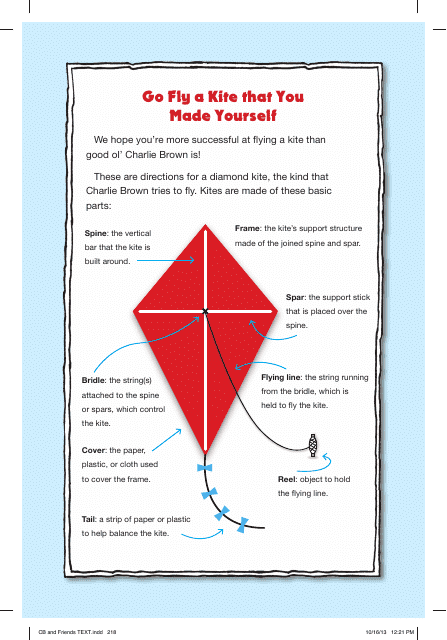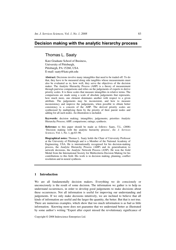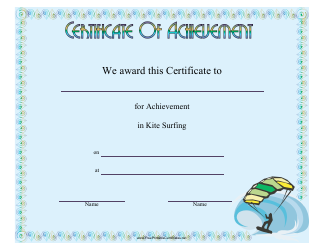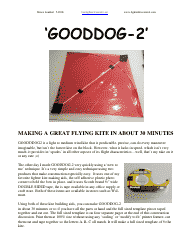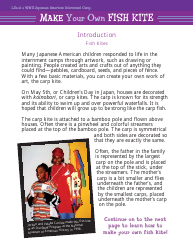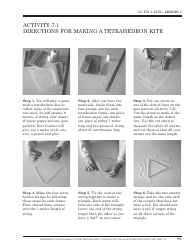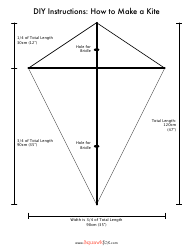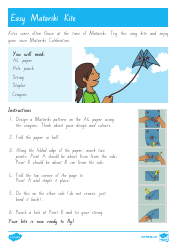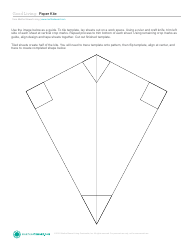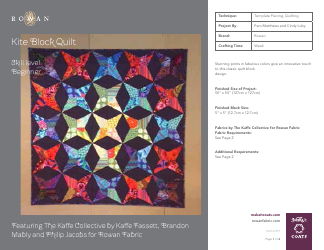Kite Making Guide
A Kite Making Guide is designed to assist individuals in crafting their own kites. It provides step-by-step instructions on the tools, materials, and procedures needed to construct a kite successfully. This guide may cover different types of kites, including the diamond, delta, or box kite, among others. It may also contain tips on how to fly a kite and observe safety measures while doing so. The aim is to provide a fun, educational, and engaging activity for adults and children alike, promoting creativity and outdoor play.
The Kite Making Guide can be filed by any individual, group, or organization interested in sharing the process of making kites. This is not specific to any country or government body. It could be an educational institution, a hobby group, or an enthusiast. It's good to note that different countries may have different methods and designs for kite making based on their culture and traditions. However, there isn't specific information on a particular country or organization that files a "Kite Making Guide".
FAQ
Q: What materials are typically used in making a kite?
A: In making a kite, you will typically need: lightweight material such as paper or thin plastic for the sail, sturdy material such as wood or composite materials for the spars, string or fishing line for the kite line, and fabric or ribbon for the tail.
Q: What are the simple steps for making a basic kite?
A: To make a basic diamond kite, you'll need to: 1. Gather your materials such as paper, two sticks, string, scissors, and a ruler. 2. Fashion the sticks into a cross. 3. Attach the cross to the kite paper. 4. Cut the paper around the cross to form a diamond. 5. Attach the string to the ends of the cross to form the kite line. 6. Add a tail for balance
Q: What are some popular kite festivals in India?
A: Makar Sankranti, also known as International Kite Festival, celebrated in Gujarat is one of the most famous kite festivals in India. Other popular ones are the Jaipur Kite Festival, Lucknow Kite Festival and the Hyderabad Kite Festival.
Q: What are the safety guidelines to follow when flying a kite?
A: When flying a kite, stay away from power lines, trees, and roads. Always be aware of your surroundings and other people around you. Also, it is not advisable to kite fly during a storm or in bad weather conditions. Always respect your local laws and regulations regarding kite flying.
Q: What is the history of kite making and flying in China?
A: Kite flying originated in China around 2,800 years ago. They were initially used for sending signals and measuring distances during military operations. Later, kites evolved into a form of public entertainment and an art form with various shapes, sizes and designs.
Q: How popular is kite flying in Australia?
A: Kite flying is very popular in Australia. It’s considered a fun pastime for many and is often part of major events and festivals, like Festival of the Winds in Bondi, Melbourne Kite Festival, and Adelaide International Kite Festival.
Q: Are there certain types of kites that are specifically associated with certain cultures?
A: Yes, certain kites are associated with specific cultures. For example, in Bali they have giant traditional kites, in Bermuda they have Bermuda kites which are traditionally flown on Good Friday, in India they have fighter kites used for kite fighting, and in China they have traditional Chinese kites with intricate designs.
